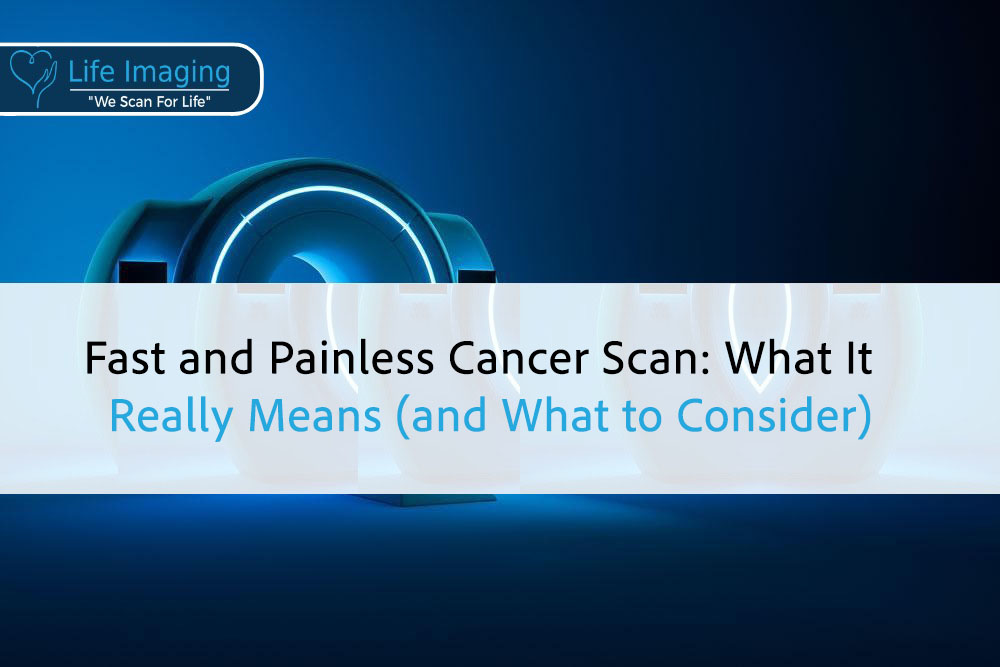
Fast and Painless Cancer Scan: What It Really Means (and What to Consider)
Fast and Painless Cancer Scan: What It Really Means (and
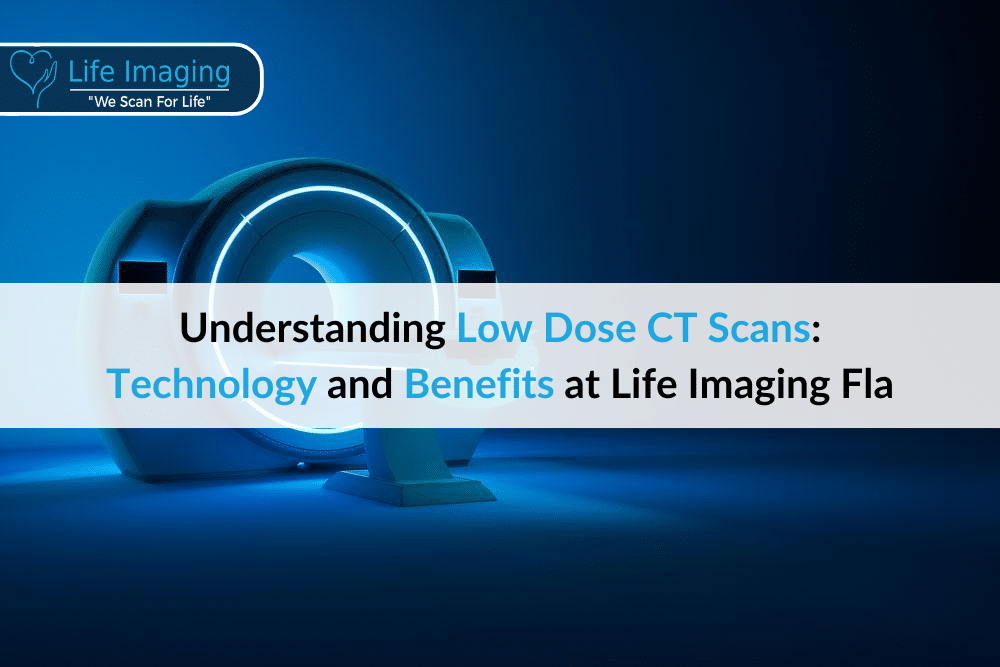
In the modern medical landscape, early detection of diseases such as heart conditions and cancer can significantly improve treatment outcomes and increase survival rates. One of the pivotal technologies at the forefront of this medical revolution is the Low Dose Computed Tomography (CT) scan. Life Imaging Fla, renowned for its dedication to the early detection of heart disease and cancer, utilizes this advanced imaging technology to provide patients with accurate diagnoses while minimizing radiation exposure.
Low Dose CT scans represent a significant advancement over traditional CT technology, offering detailed images that help in identifying abnormalities with far less radiation. This method not only ensures a safer scanning process but also encourages more people to undergo preventive screening without the fear of excessive radiation.
This article aims to elucidate the workings of low dose CT scans, detailing the sophisticated technology behind them, their application in modern medicine, and the benefits they extend to patients at Life Imaging Fla.
By understanding how these scans function, individuals seeking medical screening can make informed decisions about their health care choices. Join us as we delve into the intricate world of low dose CT scanning, a technology that plays a crucial role in the early detection and management of life-threatening diseases.
A Low Dose Computed Tomography (CT) scan is a specialized type of X-ray that takes multiple images of the inside of the body from different angles, producing detailed cross-sectional views. Unlike standard CT scans, the low dose version uses significantly less radiation. This reduction in exposure is crucial, particularly for patients requiring multiple scans for ongoing monitoring, such as those with a history of cancer or heart disease. The technology has been refined to maintain image quality without compromising the health and safety of the patient.
The core technology behind a Low Dose CT scan is the same as a regular CT scan. The scanner employs a rotating X-ray machine that circles around the body, capturing numerous images from various angles. These images are then digitally compiled by sophisticated computer algorithms to produce a comprehensive, three-dimensional visual representation of the internal structures.
What sets low dose CT scans apart is their use of more precise X-ray beams and faster scanning capabilities which significantly reduce the amount of radiation exposure. Innovations such as more sensitive X-ray detectors and advanced software to enhance image quality without higher doses of radiation also play a part in this improved technology.
Low Dose CT scans are particularly beneficial in the early detection of diseases where frequent monitoring is crucial but minimizing radiation exposure is also a priority. Here are some of their primary applications:
1. Cancer Detection: Early detection of cancer can greatly improve treatment success rates. Low Dose CT scans are effective in identifying small tumors and abnormalities, particularly in the lungs, where they are commonly used for detecting early-stage lung cancer.
2. Heart Disease: These scans provide detailed images of the heart and blood vessels, aiding in the diagnosis of cardiovascular conditions such as coronary artery disease. They can detect calcifications or blockages in blood vessels early, enabling timely intervention.
3. Bone Health: Low dose scans can assess bone mineral density, useful in diagnosing conditions like osteoporosis. This application is especially beneficial for elderly patients who require regular monitoring but are at higher risk from excessive radiation.
Patients choosing Life Imaging Fla for their diagnostic needs can expect several advantages from Low Dose CT scans:
1. Reduced Radiation Risk: By using up to 90% less radiation compared to traditional CT scans, low dose CT significantly minimizes the risks associated with radiation exposure.
2. High-Quality Imaging: Despite the lower radiation, these scans do not compromise on the detail and accuracy of the images produced, ensuring reliable diagnostic results.
3. Patient Comfort and Safety: The fast scanning process not only reduces the time a patient spends in the machine but also decreases the need for re-scans due to errors, making the process more comfortable and less stressful.
4. Effective Monitoring and Early Detection: For diseases like cancer and heart disease, early detection is key to effective treatment. Low Dose CT scans facilitate the monitoring of conditions over time with minimal health risks, allowing for early intervention when necessary.
Ensuring patient safety is paramount when using any medical imaging technology, especially those involving radiation. Low Dose CT scans, while already reducing radiation levels, involve several additional safeguards to ensure minimal exposure.
Technological advancements such as automated exposure control systems adjust the radiation dose based on the patient’s size and the specific area of the body being scanned. This customization helps prevent unnecessary radiation without compromising the quality of the imaging.
It’s important to understand how Low Dose CT scans compare with traditional CT scans to appreciate their benefits fully. While conventional CT scans have been a staple in diagnostic imaging, they typically involve higher doses of radiation which, over time, could pose a health risk. The advent of Low Dose CT technology has been a significant advancement, allowing for repeated use necessary in chronic conditions monitoring and cancer screening with less risk.
Low Dose CT provides equally detailed images for many diagnostic needs, reflecting technological improvements in detector sensitivity and image processing. The precision in imaging these low dose scans deliver ensures that physicians receive all the critical information needed for accurate diagnosis and treatment planning.
Undergoing a Low Dose CT scan is generally a quick and painless process. Patients are instructed to lie still on a table that slides into a large, doughnut-shaped scanner. The scan itself lasts only a few minutes, during which the machine captures multiple images. There is no pain associated with the scan, and typically no special preparation is required, although some scans may require patients to avoid eating for a few hours beforehand.
The simplicity and non-invasiveness of the procedure make it an accessible option for many patients, including those who might feel apprehensive about more invasive tests. The quick turnaround time of the test also means that patients can return to their normal activities almost immediately, making it a convenient option for busy individuals.
The field of medical imaging continues to evolve, with ongoing research and development aimed at further reducing the risks associated with radiation while enhancing image quality. Innovations include the use of AI and machine learning algorithms that can predict the optimal dose of radiation needed for the clearest images, thereby customizing the scan to the individual’s specific health profile and needs.
Future advancements may also improve the speed of image processing, allowing for real-time imaging that could be used in surgical settings or immediate diagnosis in emergency situations. These developments hold the promise of making Low Dose CT scans even more integral to modern medicine, providing crucial diagnostic information with minimal health risk.
The ongoing improvements in Low Dose CT technology demonstrate the medical community’s commitment to finding safer, more efficient ways to diagnose and monitor diseases. As these technologies advance, they are likely to become even more widespread in their application, making preventative health screening a routine part of medical care with less risk and greater patient comfort.
Understanding the optimal timing for a Low Dose CT scan can greatly enhance its effectiveness in detecting health issues at an early stage. Doctors often recommend scheduling these scans based on several factors, including age, medical history, and specific risk factors such as a family history of cancer or heart disease. For example, guidelines suggest that individuals at high risk for lung cancer, like heavy smokers or those with a prolonged history of smoking, should consider annual Low Dose CT scans from the age of 50.
For those concerned about heart disease, especially if there are predisposing factors like high blood pressure, diabetes, or obesity, a baseline scan might be recommended early to identify any potential issues before they develop into serious problems. The aim is to use these scans as a preventive measure, rather than solely for diagnostic purposes after symptoms have appeared.
At Life Imaging Fla, each Low Dose CT scan is tailored to the individual’s health requirements. This personalized approach not only ensures optimal imaging and minimal radiation exposure but also helps in developing a targeted treatment plan if needed. Customization might involve adjusting scanner settings or choosing specific types of scans based on the detailed health profile of the patient.
For example, if a patient has a higher risk of coronary artery disease, the focus of the scan might be detailed imaging of the heart and arteries using a specific low-dose protocol that targets these areas most effectively.
Adhering to safety standards and regulations is crucial in the operation of Low Dose CT scanners. Regulatory bodies such as the U.S. Food and Drug Administration (FDA) set guidelines that dictate the safe use of radiographic imaging devices, including limits on radiation doses and mandates on regular quality control checks.
Life Imaging Fla complies with these regulations by ensuring that all equipment is maintained according to FDA standards and that technicians are highly trained in safe operational practices. This adherence not only ensures patient safety but also boosts the accuracy and reliability of scan results.
Despite the benefits of Low Dose CT scans, there are common misconceptions that may deter some from opting for these potentially lifesaving screenings. One popular myth is that all CT scans expose individuals to dangerously high levels of radiation. While traditional CT scans do use more radiation than X-rays, the low dose variant significantly reduces this exposure, making it a safer choice for repeated use.
Another myth is that CT scans are used only in cases of serious health issues. In reality, these scans are often part of routine screenings for those at risk of certain diseases or as a preventive measure to catch potential problems early on. Understanding these facts can help individuals make informed decisions about their health and screening options.
By choosing Life Imaging Fla for Low Dose CT scans, patients can feel confident in the accuracy and safety of their diagnostic procedures. Our facility’s commitment to utilizing advanced technology, adhering to strict safety standards, and providing tailor-made health screenings ensures that each patient receives top-quality care tailored to their specific health needs.
The innovation and application of Low Dose CT scans represent a monumental leap forward in the realm of medical diagnostics. By offering detailed, high-quality images with significantly reduced radiation exposure, these scans play a crucial role in the early detection and management of diseases such as cancer and heart conditions. Our imaging center in Deerfield, FL, stands at the forefront of this technology, providing patients with a valuable tool for maintaining health and well-being.
The benefits of Low Dose CT scans are clear—they not only minimize health risks associated with radiation but also ensure that all patients, regardless of their medical history or risk factors, have access to safe, effective, and personalized diagnostic care. Whether it’s detecting a disease in its nascent stages or monitoring ongoing health conditions, the precision and safety of these scans make them an indispensable part of contemporary medical practice.
To learn more or to schedule your Low Dose CT scan, contact us today. Take control of your health journey with the best medical imaging technology at your service!

Fast and Painless Cancer Scan: What It Really Means (and
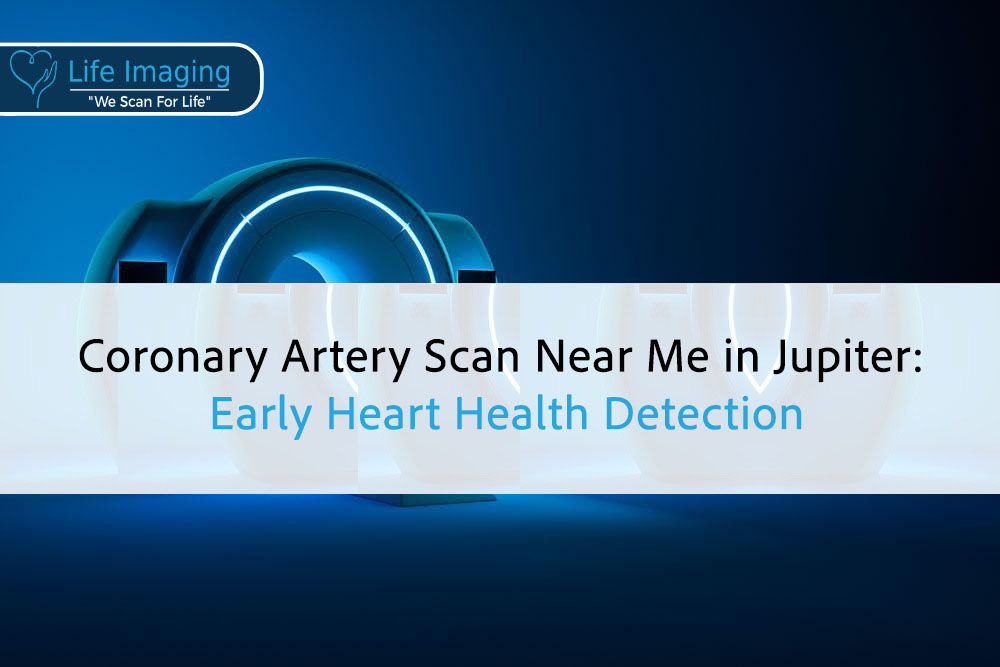
Introduction Your heart works hard every second of the day,
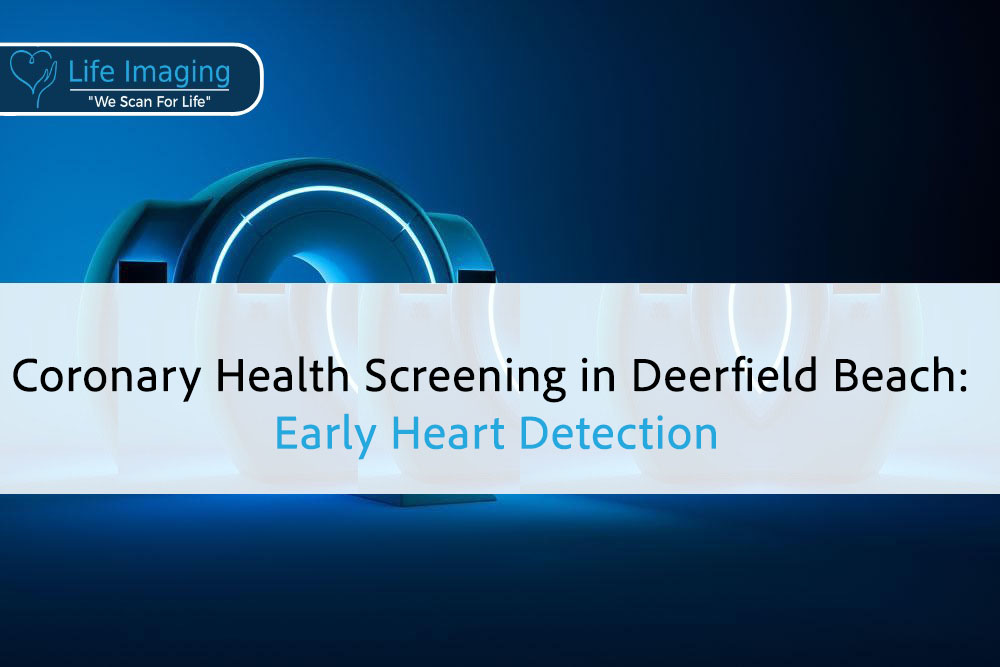
Introduction Your heart works around the clock, but changes inside
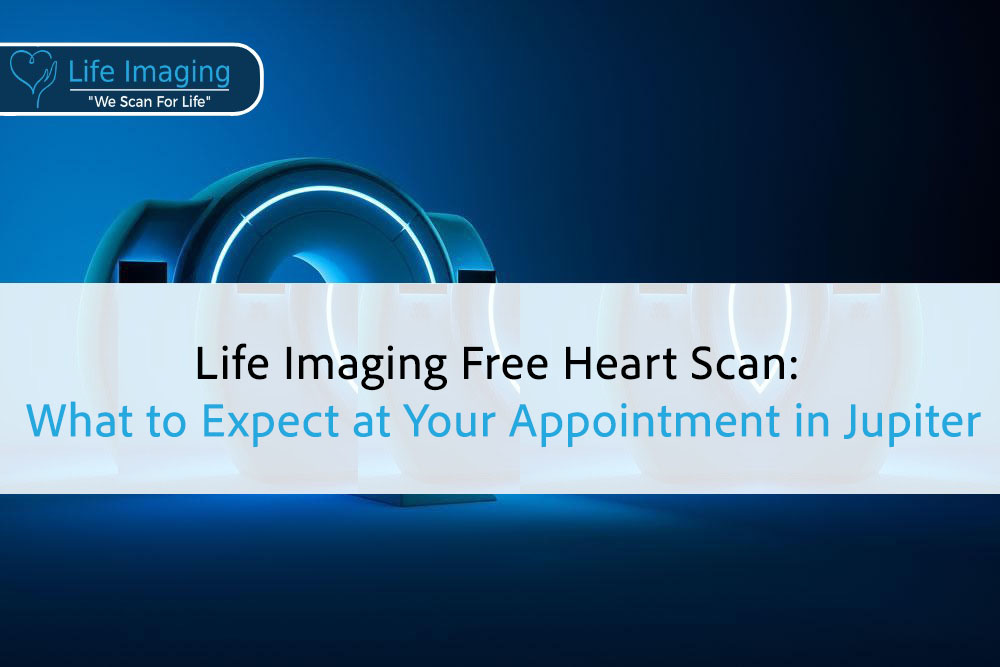
Introduction Your heart works nonstop, often without a single complaint.
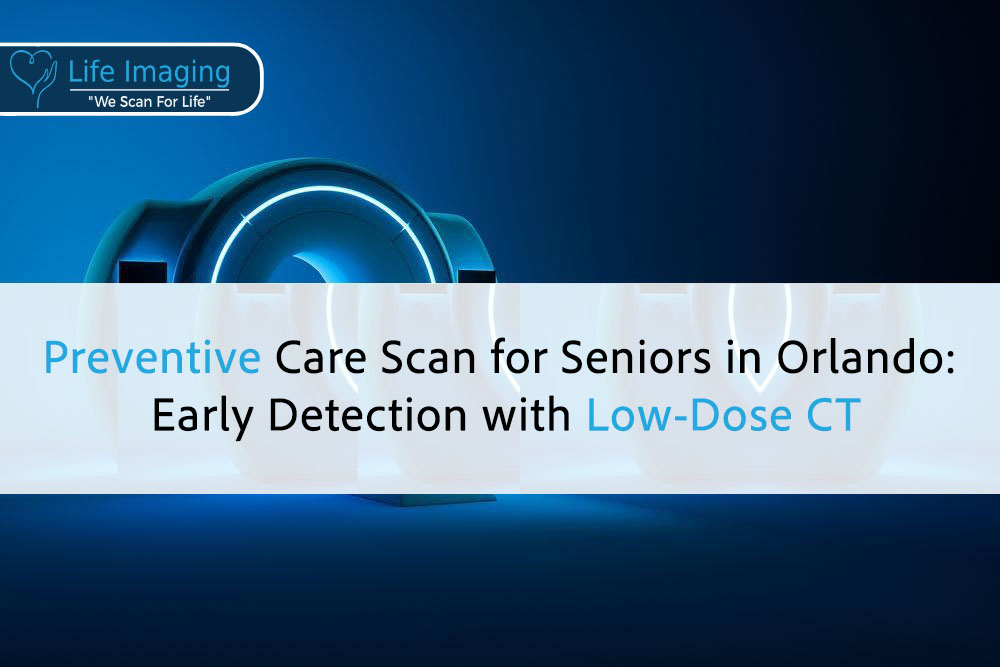
Introduction The best part of getting older is having time
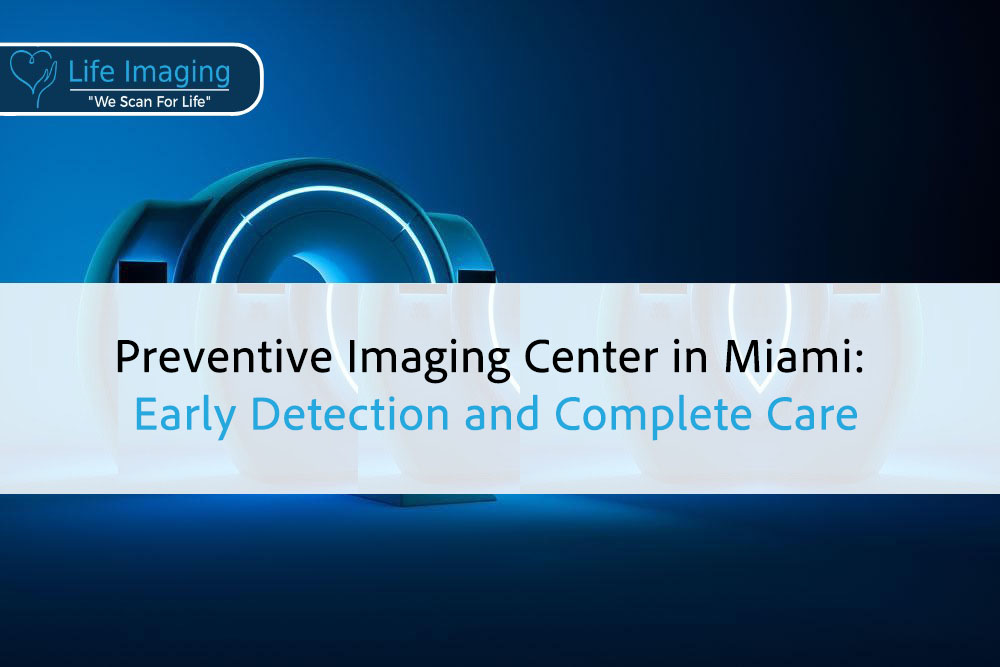
Introduction Good health isn’t just about treating problems, it’s about

* Get your free heart scan by confirming a few minimum requirements.
Our team will verify that you qualify before your scan is booked.
Copyright © 2025 Life Imaging – All Rights Reserved